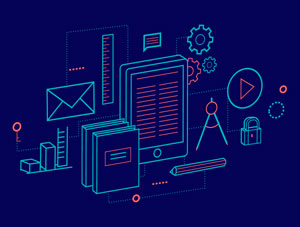
Carnegie Mellon University has moved forward in its efforts to release education tools into the world. Last week, the institution officially introduced OpenSimon, a community and collection of tools dedicated to "[catalyzing] a revolution in learning and teaching" for higher education and K-12.
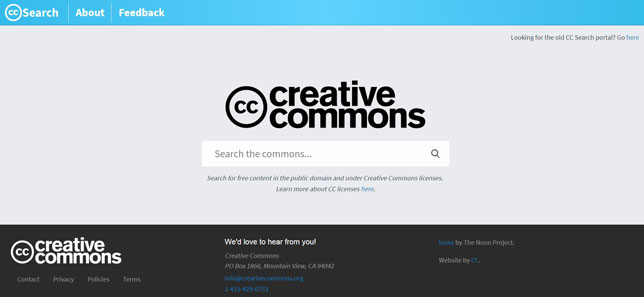
A new CC Search front end debuts this week. Developed by Creative Commons and a community of volunteer developers, the tool allows users to find and use some 300 million images from openly licensed and public domain works.

A new task force with provosts, library directors, faculty and students at the University of Texas System will spend the next year sorting out ways to make college more affordable.
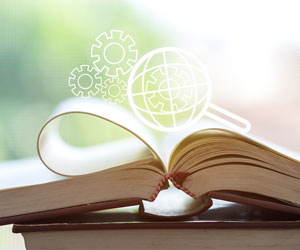
Carnegie Mellon University's Simon Initiative, a cross-disciplinary effort to develop a "learning engineering ecosystem" for improving student outcomes, is teaming up with open courseware provider Lumen Learning to "share tools for developing, evaluating and continuously improving evidence-based learning materials."

To help your students reduce the cost of their education, begin with open educational resources. Many of these textbooks won't cost them anything.

The concept of "open learning" encompasses far more than what's found in a textbook. These sources provide other kinds of resources that will boost your students' learning.

Purdue University will be working with Chegg, a company that produces online homework help among other lines of business, to amplify its Online Writing Lab services.
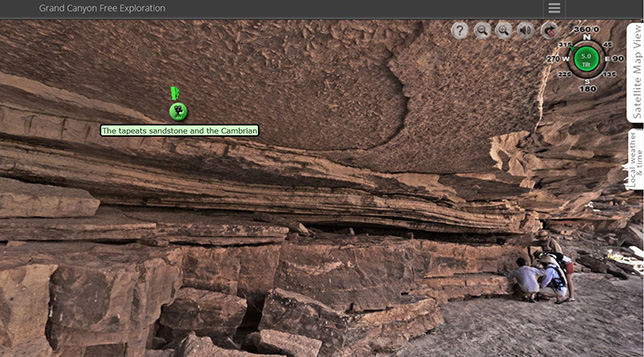
"Virtual Field Trips," offers interactive experiences captured during actual expeditions with scientists doing current research. Some of the trips include adaptive feedback and adaptive pathways. The resources are already being used in high school and college classrooms to supplement lessons in biology, earth sciences, geology, anthropology and other studies.

Cengage is adding a free Career Center for subscribers of Cengage Unlimited, the company's course materials subscription service.
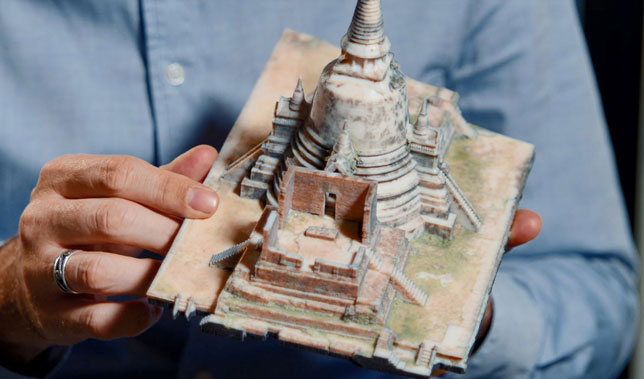
Google Arts & Culture, a Google project making high-resolution images of museum collections available to the public in an online repository, is now using 3D printing to bring historical artifacts and monuments to life for its Open Heritage Project.